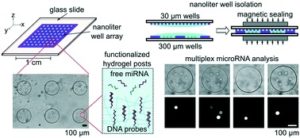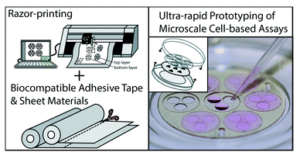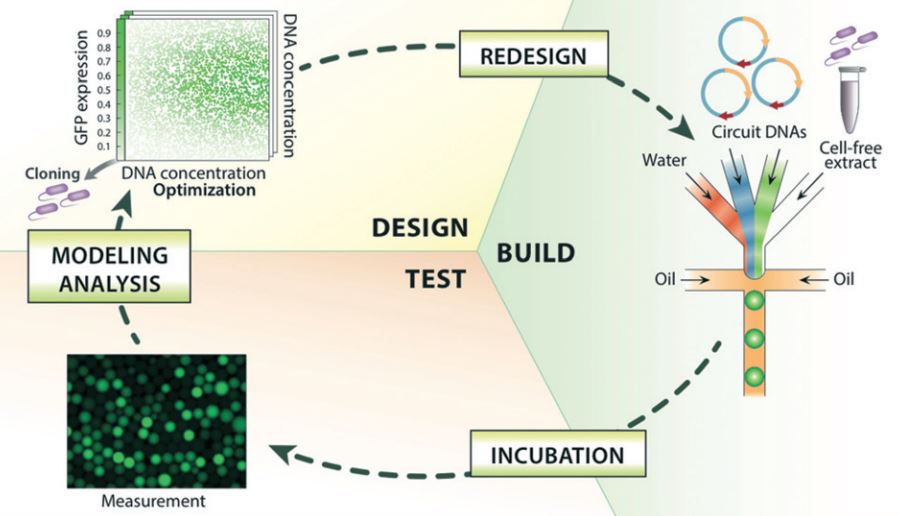Introducing Kyle Bishop: Lab on a Chip‘s latest Emerging Investigator
Kyle Bishop received his PhD in Chemical Engineering from Northwestern University under the guidance of Bartosz Grzybowski for work on nanoscale forces in self-assembly. Following his PhD, Dr. Bishop was a post-doctoral fellow with George Whitesides at Harvard University, where he developed new strategies for manipulating flames with electric fields. He started his independent career at Penn State University in the Department of Chemical Engineering. In 2016, Dr. Bishop moved to Columbia University, where he is currently an Associate Professor of Chemical Engineering. Dr. Bishop has been recognized by the 3M Non-tenured Faculty award and the NSF CAREER award. His research seeks to discover, understand, and apply new strategies for organizing and directing colloidal matter through self-assembly and self-organization far-from-equilibrium.
Read Dr Bishop’s article entitled ‘Measurement and mitigation of free convection in microfluidic gradient generators’ and find out more about him in the interview below:
Your recent Emerging Investigator Series paper focuses on the measurement and mitigation of free convection in microfluidic gradient generators. How has your research evolved from your first article to this most recent article?
Our first article in Lab on a Chip focused on harnessing electric potential gradients to power transport and separations within microfluidic systems. Here, we examine how chemical gradients can drive fluid flows as well as motions of colloidal particles, lipid vesicles, and living cells. These topics are linked by our continued interest in harnessing and directing thermodynamic gradients to perform dynamic functions at small scales.
What aspect of your work are you most excited about at the moment?
Currently, we are excited by our pursuit of colloidal “robots” that organise spontaneously in space and time to perform useful functions, which can be rationally encoded within active soft matter.
In your opinion, what is the future of microfluidic gradient generators? Any new applications you foresee for them?
Our interest in microfluidic gradient generators grew from a desire to quantify the motions of lipid vesicles in osmotic gradients (so-called osmophoresis). These measurements were plagued by undesired gradient-driven flows. We thought that our efforts to understand and mitigate these flows would be useful to others studying gradient driven motions (e.g., chemotaxis of living cells).
What do you find most challenging about your research?
Staying focused. The world is filled with many micro-mysteries that may pique your curiosity, but time is limited. Picking problems and following through on their solution is an ever-present challenge.
In which upcoming conferences or events may our readers meet you?
Our group regularly attends the AIChE Annual Meeting and the ACS Colloid and Surface Science Symposium.
How do you spend your spare time?
Exploring New York City with my family and thinking about science.
Which profession would you choose if you were not a scientist?
What a horrible thought…perhaps a lawyer as I value evidence-based reasoning and the rule of law (physical or otherwise).
Can you share one piece of career-related advice or wisdom with other early career scientists?
Think big and collaborate often.
























